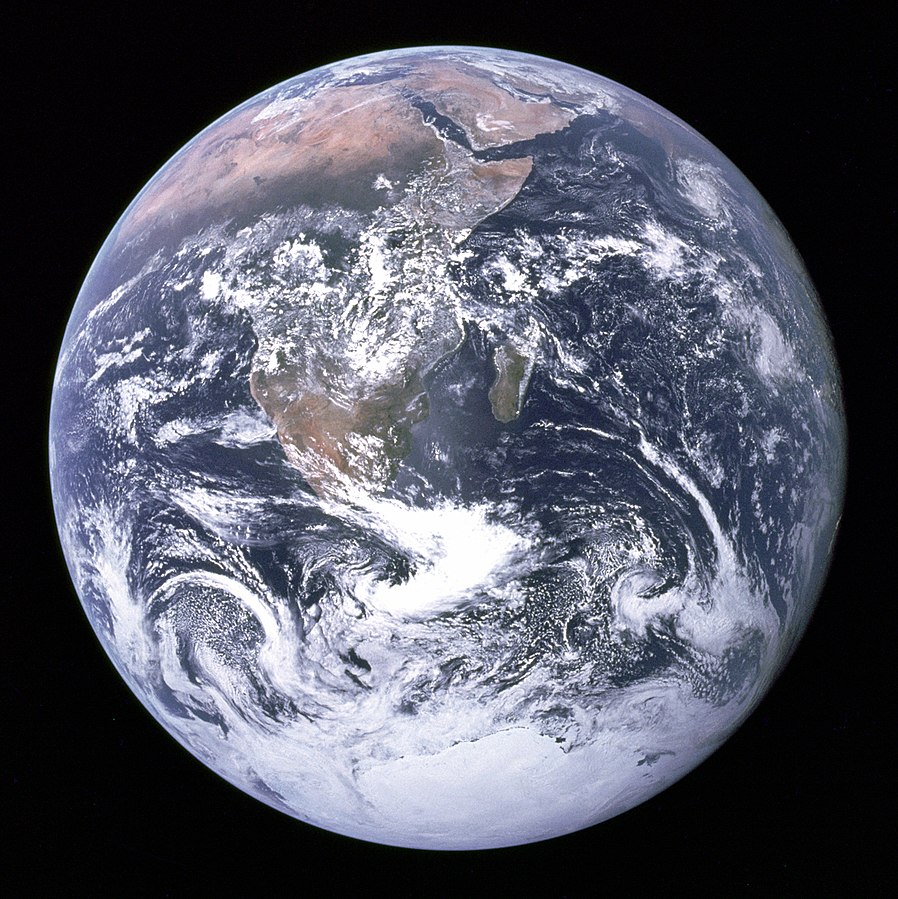
The world is undergoing the dreadfulness of the pandemic of COVID-19 and yet, amidst this tempestuous time, we have somehow brought upon our capital city, New Delhi, the title of the most polluted city in the world. Innumerable factors have contributed to this cataclysm but we are aware that it is fundamentally a man-made predicament. This dilemma can be grappled with if we approach it together as a world community, wherein development and progress go hand-in-hand with Mother Nature.
Oftentimes, we consider development to be inversely proportional to the wellness of the environment—almost oxymoronic. The 21st century, along with its inventions and innovations, has opened up novel ways to see the world. It calls upon probable solutions by realigning our objectives and understandings of development and progress in accordance with the sustainability of the environment.
Before we delve into solutions, it is imperative to grasp the profundity of the foredoom headed towards us. For the past 11,700 years of the Earth’s history, the planet and its environment have maintained a period of stability, which is called the Holocene by geologists. The Holocene age is the time period since the last major glacial epoch or “Ice Age” and has been a relatively warm period. This period has seen significant environmental change and development, and the rising and thriving of civilisations.
However, after the Industrial Revolution befell the human race, a new era called Anthropocene has commenced, wherein human actions drive environmental change. This new era has jeopardised the stable Holocene age with catastrophic consequences that can spur irreversible changes. The factors that have filliped the gravitas of this issue include an increased human dependence on fossil fuels and industrial forms of agriculture. This has the potential to lead our planet to a state that is not conducive for human development.
In order to ensure that the elements contributing to the stability of the Holocene age are not thwarted and the components that help us survive are not pushed to the point of complete depletion, the model of doughnut economics has found its genesis. It is a model formulated by Oxford economist, Kate Raworth. According to her, “the Doughnut of social and planetary boundaries is a playfully serious approach to framing that challenge, and it acts as a compass for human progress this century”.
In the aforementioned statement, “social boundaries” refer to twelve dimensions of social foundation for existence. They ascertain the minimum social standard of living of a society. The doughnut module inspired the world’s governments to agree upon these universal dimensions in the Sustainable Development Goals in 2015. It includes the dimensions of water, food, health, education, income and work, peace and justice, political voice, social equity, gender equality, housing, networks, and energy. According to Raworth, in the 20th century, economics started chasing the “false goal” of GDP growth. This resulted in deepening the crevices of the dimensions that maintained the foundation of minimum social standards of societies. She advocates that “what we do to this Earth in the next 50 years, will affect the next 10,000”.
“Planetary boundaries” refer to the safe space within which human actions can be carried out without affecting the Earth system and are connected to Earth’s biophysical subsystems or processes. These processes have reacted and changed seamlessly throughout history; however, these changes cannot be ascertained. There are certain thresholds of key variables to these boundaries and their subsystems which, if transgressed, can result in detrimental repercussions. For example, the Air Quality Index (AQI) of Delhi has reached hazardous levels. Unless we take immediate action, it will not be difficult to imagine a time soon when the air will become devoid of oxygen.

While some boundaries have well-defined thresholds, some do not. These boundaries are interconnected: changes in one boundary can result in changes in another. An example of this would be the depletion of the ozone layer, which can harm human health and reduce agricultural productivity. The boundaries are quantified as variables and are kept at a “safe” distance from the thresholds, accounting for uncertainties. Human actions and their tragic outcomes can thus be catalysts to unforeseen results.
In an article for Nature Magazine, titled “A Safe Operating Space for Humanity”, Swedish professor, Johan Rockström, and 28 other authors, formulated and listed nine subsystems that define the planetary boundaries. They include “climate change; rate of biodiversity loss (terrestrial and marine); interference with the nitrogen and phosphorous cycles; stratospheric ozone depletion; ocean acidification; global freshwater use; change in land use; chemical pollution; and atmospheric aerosol loading”.
We have already breached the thresholds of three Earth-subsystems: climate change, rate of biodiversity loss, and interference with the nitrogen cycle. Analysis is privy to the fact that we may soon be approaching the thresholds related to global freshwater use, change in land use, ocean acidification, and interference with the phosphorous cycle. It goes without saying, that these occurrences have adverse ramifications on our planet’s existence.
Thereby, according to Raworth, it becomes important that we forego the image of the “Rational Economic Man” presented to us by the 20th century economists. The Man who is described as being egocentric, money-driven, narcissistic, with insatiable needs and luxuries, considers nature to be a boundless benefactress. Raworth believes that in this century, this image has to be replaced with that of the world community and humanity, wherein, the “I” becomes “we”, acknowledging the fact that we are social beings “wired for empathy, cooperation, and mutual aid”, that there is a difference between a want and a need—they are ever-changing—and most importantly, that humanity is at the mercy of nature. She postulates how economics can bring about the harmony of development and environment, in which humanity can not only rise and develop, but also thrive.
The Anthropocene era is based on a degenerative design by default. As Raworth says, we “take-make-use-lose” materials like plastic. This is deleterious to our development and environment alike. Economic theory proclaims that in order to tackle this issue, we must strive for GDP growth, an artificial goal, in order to maintain the sustenance of our environment. On the contrary, this is exactly what is demolishing the Earth’s systems and subsystems. It is a goal not possible on the global scale. The default degenerative design of our economies has to be substituted with a system that is regenerative by design. This new system would run on renewable energy, which would not push our resources to the level of exhaustion, but would work to reuse and recycle them.
Raworth promulgates, “the 21st century economist’s role is a crucial one to harness the potential of business and finance of the commons and the state, and of human nature to unleash this regenerative future”. It is pertinent that we, as humanity, acknowledge and accept the responsibility for the extinction level adversity that we have compelled ourselves into. It is better to act late than never and right our wrongs. The delicate balance between development and the thriving of humanity within a sustained Earth system is, in fact, not oxymoronic, but an objective which is feasible, realistic, and viable.
Amsterdam has already set an example for us to learn from by inculcating the doughnut model of economics in their future plan for combating the repercussions of the pandemic. In accordance with every milieu, we can take inspiration, and work towards a “thriving 21st century”. It is important for us to come up with solutions. However, it is perhaps pivotal that we ask the right questions in order to begin moving towards a concord between the environment and development.
Smriti has done her BA in Literature from Hindu College, Delhi University and MA in Literature from Jamia Millia Islamia University. She is also an Alumna of SBI Youth for India Fellowship.
In a room of her own, you will often find Smriti speak to spectral masked vigilantes who save the world of mortals during nocturnal hours. As a sensorial hybrid, she believes in the sight of bright colours, sound of mountain rivers, loving touch of jumping puppies, and fragrance of old books. Smriti aspires to work as a teaching faculty to create a dialogic classroom space with vibrant discussions.


Very insightful and informative.